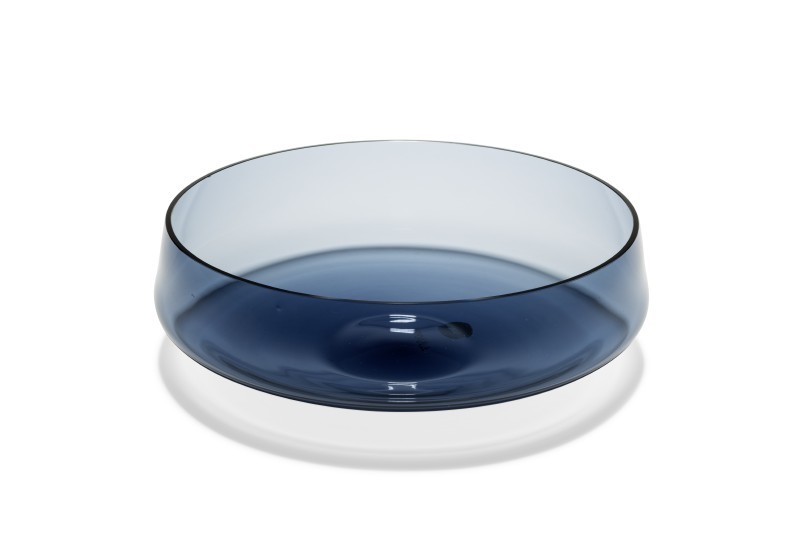Die Geschichte des Glaswerks Kastrup ist lang und erlebte einen Aufschwung, als 1956 Jacob E. Bang als künstlerischer Direktor eingestellt wird. 1965 jedoch schon fusioniert man mit Holmegaard und beide werden unter dem Namen „Holmegaard Glasværker" A/S. weitergeführt. 1979 wird der Standort Kastrup endgültig geschlossen. Das Museum hat die Schale also kurz nach Eintritt von Bang erworben
Erworben / acquired 1960
1960.77
en

